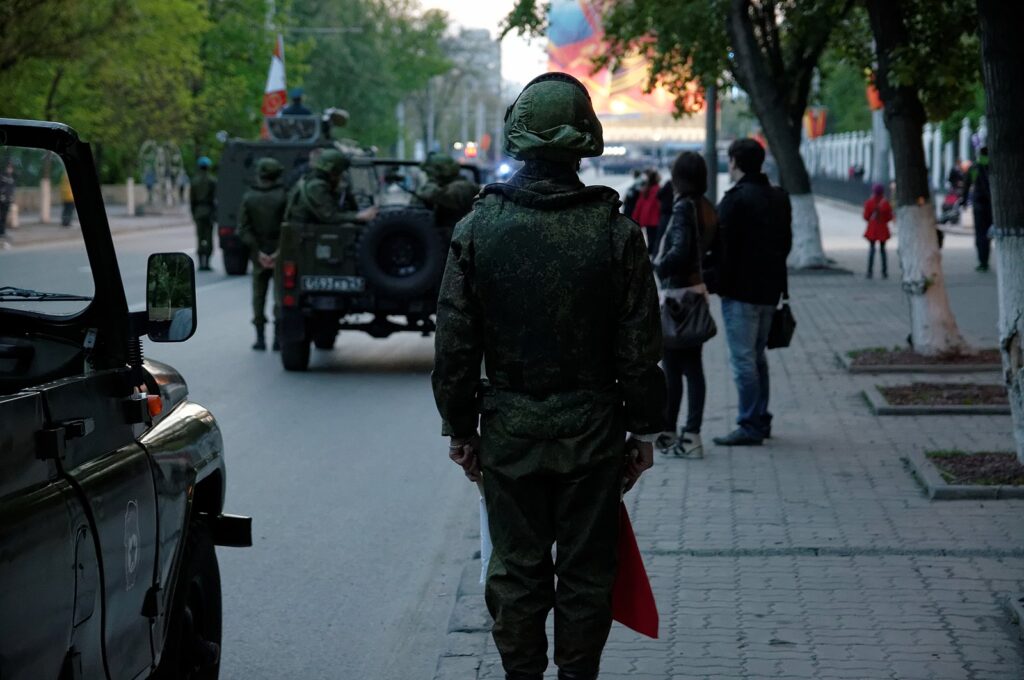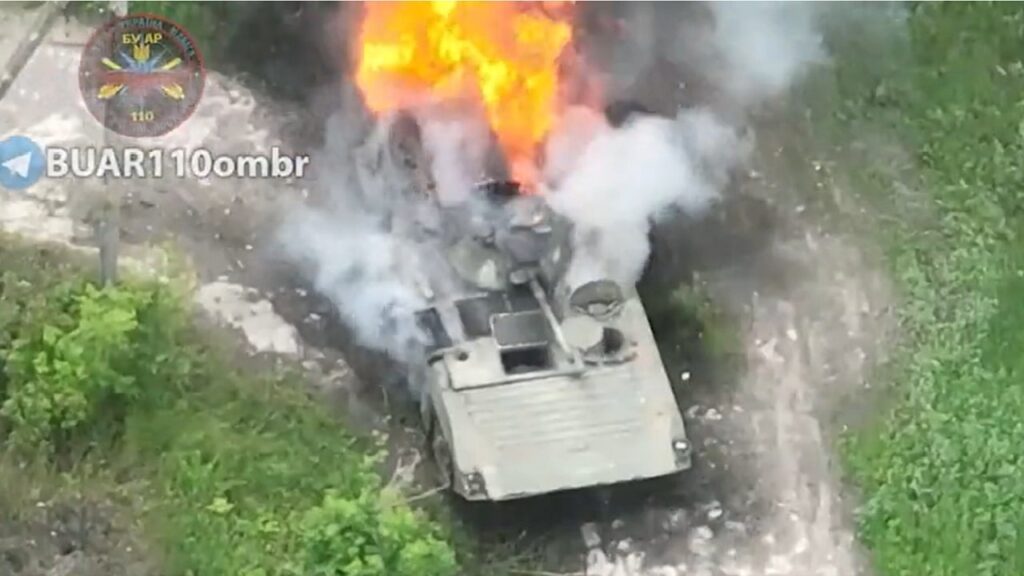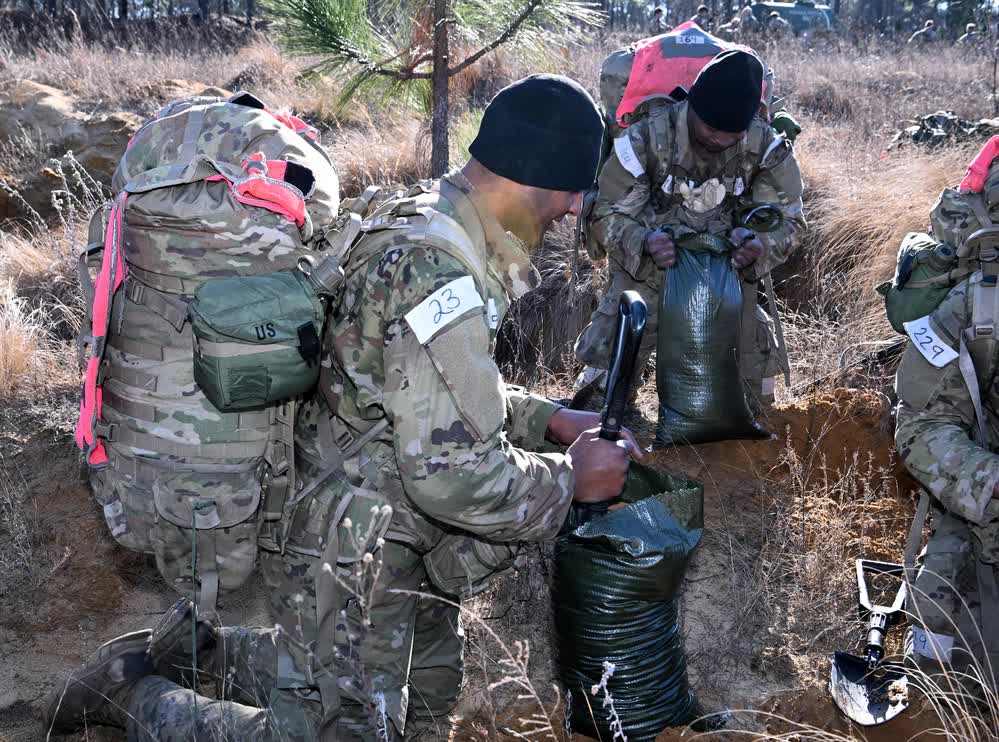This article by Stavros Atlamazoglou was originally published by Business Insider.
In the 20 months since Russia attacked Ukraine in the largest offensive military operation in Europe since World War II, hundreds of thousands of Russian troops have been killed or wounded.
Since invading on February 24, 2022, Russian forces have lost ground in Ukraine and had thousands of pieces of artillery, armor, and other equipment destroyed. Defeat has followed defeat, and the outlook for President Vladimir Putin and for Russia doesn’t look good.
Ukraine isn’t only using bullets and bombs against Russian forces. Thanks to its information operations, Kyiv has helped take 17,000 Russians off the battlefield without even firing a shot, according to the head of US Army Special Operations Command.
When messaging leads to desertions
Rapid advances in communications technology and the widespread use of social media platforms have made it easier for state and non-state actors to reach vast audiences to promote their own interests and undermine those of their rivals.
Ukraine’s messaging efforts have been an important tool for convincing thousands of Russians to leave their posts, according to Lt. Gen. Jonathan Braga, commanding general of US Army Special Operations Command.
“Messaging has played a huge role just in the tactical and operational sense” in Ukraine, Braga said at the Association of the US Army’s annual conference in October.
“We’ve supported our Ukrainian partners there. You’ve had 17,000 Russians desert,” Braga said. “That’s 17,000 soldiers you didn’t have to blow up on the battlefield or destroy. That has weakened the defensive mechanisms” of Russian forces.
Related: Russian bombers have vanished over Ukraine
Using the avenues provided by social media, a military or intelligence service can gather detailed information about an adversary, its equipment, and its personnel and deploy that information to target individual troops and undermine their morale.
“At the tactical level, eroding will and morale with individual soldiers, to eroding the overall capability of the unit, it’s inherent and it’s a traditional military activity to impose doubt into the minds of the adversary,” Braga said.
Ukraine has mounted a remarkable array of operations in the information space. Whether it’s cajoling allies to send more weapons or mocking Russia’s battlefield shortcomings, the Ukrainians have shown great skill in using information to their advantage.
There are countless examples of poor Russian morale those Ukrainian operations can take advantage of, and the Kremlin has tried to counter the effects Braga described. Those include brutal measures like executing soldiers who retreat or fail to follow orders, much like the Soviets did in World War II.
To be sure, Russia has its own potent propaganda machine. During the Cold War, the KGB used information operations as part of a larger “active measures” campaign to subvert the West and undermine NATO.
In the weeks leading up to Ukraine’s large-scale counteroffensive this summer, the Kremlin sent guidelines to news outlets, instructing them to describe Ukrainian capabilities in a positive light to heighten perceptions of the Russian military’s success when it repelled Kyiv’s forces.
Keyboard commandos
The US military also recognizes the potential of information operations, and as the commander of US Army special-operations forces, Braga knows a thing or two about conducting them.
The threat of near-peer warfare with China or Russia has pushed the US military and intelligence community to invest more in information operations so it can shape the information battlefield before, during, and after hostilities.
In the US special operations community, the Army’s Psychological Operations Groups and the Civil Affairs Brigade do most of the work when it comes to information operations and shaping the narrative. US Army Special Forces soldiers are also tasked with developing specific cultural and linguistic knowledge to facilitate their training of partner forces.
Those “soft” skills can also be used against adversaries, especially those who can’t be convinced to quit the fight through force of arms alone.
“It’s our responsibility to impose cost and belief in the adversary’s mindset. At the ultimate, warfare is about a contest of wills. You can have an annihilation strategy” to destroy the enemy, Braga said, but “at the end of the day, you have to convince a human to stop doing what they’re doing.”
Read more from Business Insider
- Israel’s missile ships are joining US combat power in the Red Sea as more Iran-backed militants fire weapons its way
- Ukraine’s ‘Iron General’ says he needs more airpower and high tech warfare to speed up the country’s disappointingly slow counteroffensive with Russia
- Russia’s going to have to make hard choices now that Ukraine has deadly ATACMS cluster missiles, experts say
- Ukraine’s counteroffensive has struggled, but Zelenskyy says the blow it dealt in the Black Sea is one for the history books
- A marine general collapsed after complaining of unsustainable work, as Tommy Tuberville blocks new military appointments


